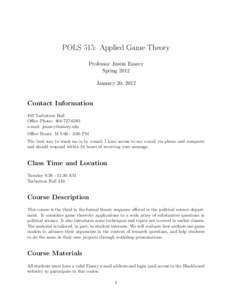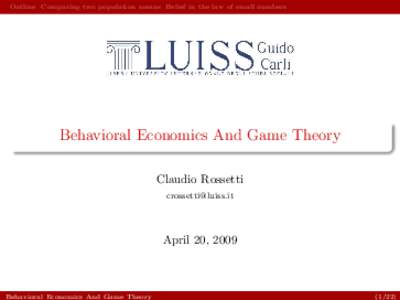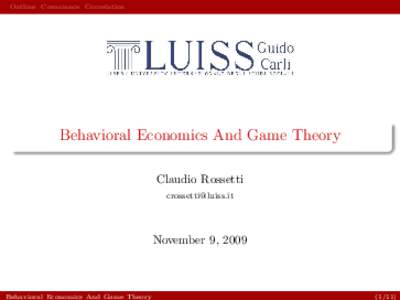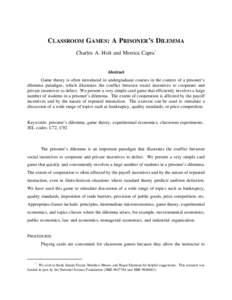<--- Back to Details
| First Page | Document Content | |
|---|---|---|
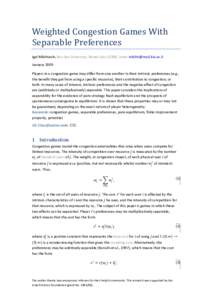 Date: 2009-04-01 03:26:35Game theory Mathematics Congestion game Nash equilibrium Best response Strategy Science and technology Economics Separable space Potential game Folk theorem |
Add to Reading List |
 Weighted Congestion Games With Separable Preferences
Weighted Congestion Games With Separable Preferences
